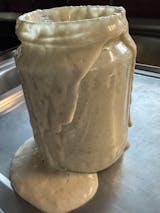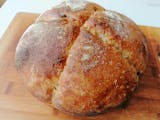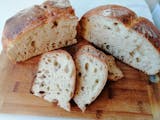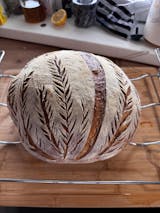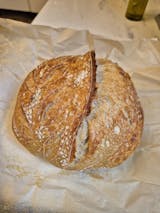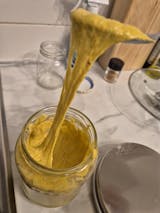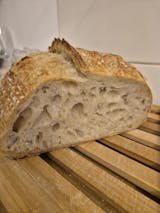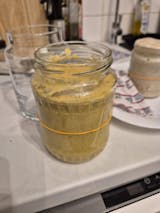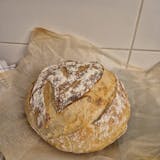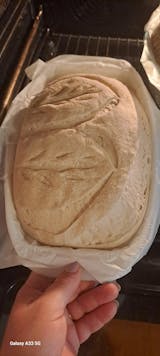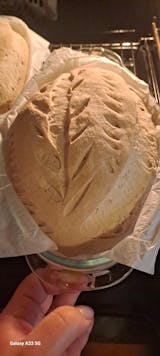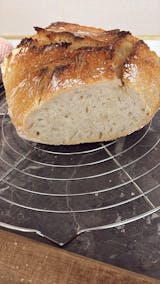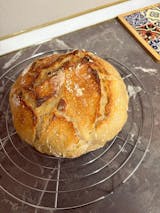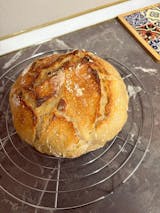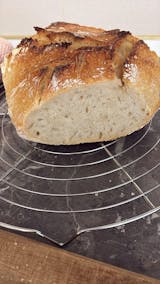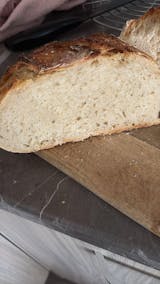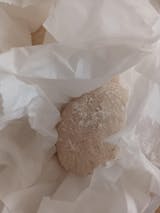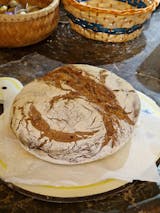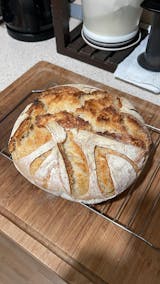How to create a gluten-free sourdough starter using our 108-year-old Fermented Yeast Starter
We often get questions about gluten-free sourdough: is it gluten-free or can it be converted to a gluten-free version? That's why we created this page to answer these questions and give you a simple guide to converting our traditional starter into a gluten-free starter.
First of all, I must mention that I am not a doctor and this guide should not be taken as medical advice! For advice related to your health, please consult a specialist.
Our starter and gluten
At Maia Fermentată , we offer a traditional starter, which is fed with wheat flour, which contains gluten. However, many people with gluten sensitivity prefer sourdough bread, because during the fermentation process, the gluten is partially broken down by the natural enzymes produced by wild yeast and lactic acid bacteria. This process does not make the bread completely gluten-free, but it significantly reduces the gluten content compared to regular bread.
Is sourdough bread good for those with gluten sensitivity?
For some people, sourdough bread is easier to tolerate because it has a lower gluten content. However, for those with severe gluten intolerances or celiac disease, any trace of gluten is problematic, so in this case, you need to use a gluten-free flour and a gluten-free starter.
How to make your starter gluten-free
You can convert our traditional starter into a gluten-free starter through a gradual process. Here's how you can do it:
Step 1: Make sure your starter is active!
Before you begin the conversion, your starter should be active and able to grow after you feed it. It should be full of bubbles and double in volume after each feed.
Step 2: Gradually introduce gluten-free flour
Start by feeding your starter a mixture of 75% regular flour and 25% gluten-free flour. With each subsequent feeding, increase the percentage of gluten-free flour until you are feeding your starter only gluten-free flour.
What kind of gluten-free flour to use? You can use rice flour, buckwheat flour, sorghum flour, or a combination of gluten-free flours. The key is to experiment and see what works best for your starter.
Step 3: Continue feeding and eliminating until the starter is completely gluten-free
As you feed and remove some of the starter with each feeding, the gluten content will become less and less. After a week of consistently feeding gluten-free flour, you should have a gluten-free starter.
Step 4: Bake your gluten-free bread!
Once your starter has fully adapted to gluten-free flour, it's time to bake! You can use the starter for gluten-free bread recipes and enjoy healthy and delicious bread.







